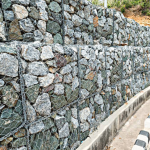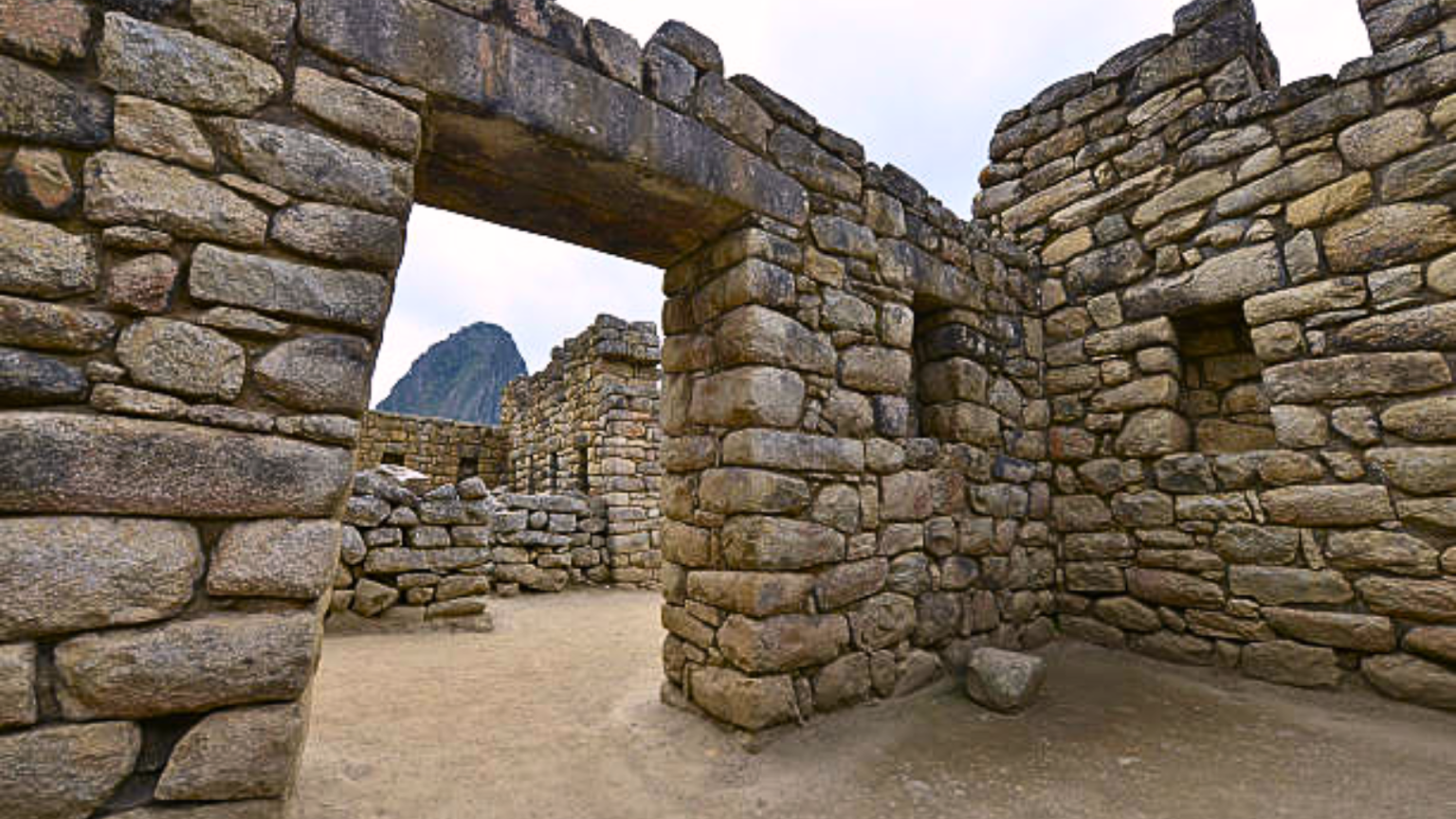
Types of Stone Masonry and Materials Used for Stone Masonry
In this article, we briefly discuss the different types of stone masonry and materials used for stone masonry.
What is Stone Masonry?
Stone masonry is a type of construction in which natural stones are used as the primary building material. It involves the process of cutting, shaping, and laying stones together in order to create a variety of structures, such as walls, arches, pillars, and other types of stone masonry work.
Stone masonry has been used for centuries as a durable and long-lasting building technique, and is still used today in both residential and commercial construction projects. The stones used in stone masonry can be either dressed (cut and shaped to a particular size and shape) or undressed (natural and irregular in shape), and are held together with a binding material, typically mortar, which can be either cement-based or lime-based.
Material used for Stone Masonry
The following are some of the materials commonly used for stone masonry:
- Stone
- Mortar
Stone
The stones used in masonry buildings must be hard, durable, and free of cracks, sand holes, and cavities. The choice of stone for a given project depends on the stone’s accessibility and the significance of the construction. Sandstone, granite, limestone, marble, laterite, and other stones are commonly used for masonry construction.
Mortar
Mortar is a binding material that is used to hold the stones together in stone masonry. It is made by mixing cement, lime, sand, and water in a specific proportion. The three most important criteria influencing masonry mortar selection are:
- Color of the stone
- Strength require
- The loads coming the structure
Classification of Stone Masonry
Stone masonry can be broadly categorized into two main types:
- Rubble Masonry
- Ashlar Masonry
Rubble Masonry
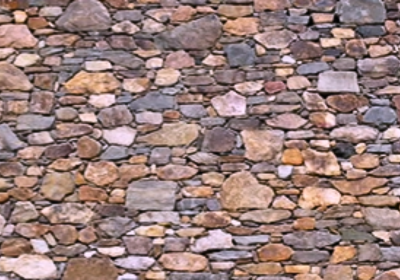
Ashlar Masonry
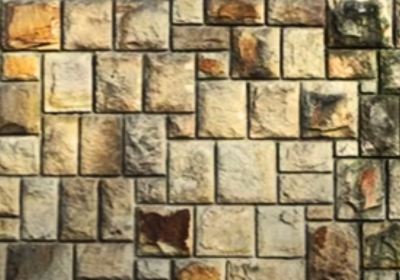
Rubble Masonry
Rubble masonry is a type of stone masonry in which rough, irregularly shaped stones are used without any specific size or shape. The stones used in this type of masonry are usually obtained from the local quarries and are not dressed or worked in any way.
There are several types of rubble masonry
- Coursed Rubble Masonry
- Uncoursed Rubble Masonry
- Dry Rubble Masonry
- Flint Rubble Masonry
- Polygonal Rubble Masonry
Coursed Rubble Masonry
This type of masonry work is done by hammering the stones on both faces.
Therefore, there are a few stones of various sizes used in this form of masonry work. This masonry construction is commonly used in public buildings, residential structures, and abutments.
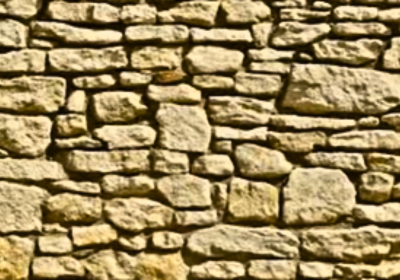
Coursed Rubble Masonry
Uncoursed rubble masonry is the weakest and roughest type of masonry. The stones used in this form of masonry work are sourced directly from quarries. In it, the mason has finished dressing the weak corners and edges using only a hammer.
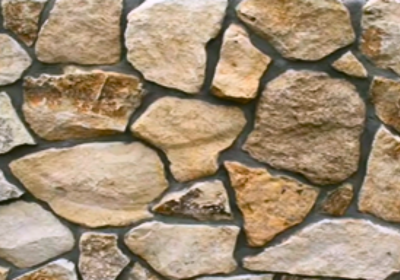
The stones are carefully placed in stages to avoid as many thick joints as possible. Thick joints, stone chips, and spalls are avoided in this form of masonry work. This masonry construction should have a consistent color, a consistent bed, and large-sized rubble in the face stones.
This form of masonry construction is initially laid over huge stones. The gaps between them are then filled with spalls or sneaks.
This masonry construction is classified into two types:
- Random uncoursed rubble masonry
- Square uncoursed rubble masonry
Random Uncoursed Rubble Masonry
The weak stone corners and edges are removed during this type of masonry work with the help of a hammer. Large stones are utilized in quinces and jambs to strengthen the strength of the stonework.
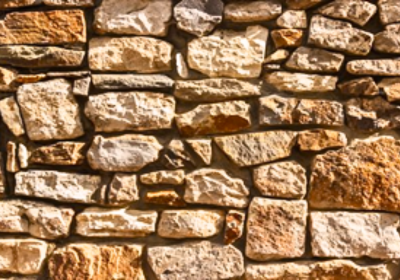
Square Uncoursed Rubble Masonry
The stones are about square in shape and are utilized for construction. A hammer-dressed polish is applied to the facing stones. Bigger stones are used as quoins. Chips aren’t utilized as bedding.
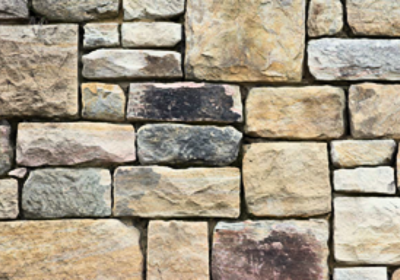
Dry Rubble Masonry
Dry rubble masonry is a type of stone masonry that uses irregularly shaped stones that are stacked and fitted together without the use of mortar. The stones are selected for their shape, size, and texture and are arranged to create a stable and durable structure.
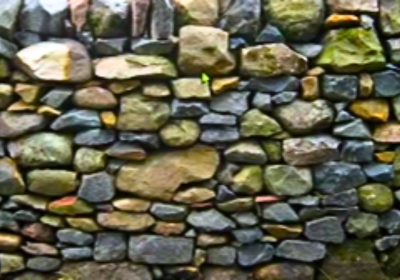
Dry rubble masonry requires a high level of skill and experience to ensure that the structure is stable and durable. The stones must be carefully selected and fitted together to create a structure that is strong enough to withstand the forces of nature, such as wind, rain, and earthquakes.
Flint Rubble Masonry
Flint rubble masonry is a type of stone masonry that uses flint stones that are irregularly shaped and are typically found in areas where flint is abundant. Flint stones are hard, durable, and resistant to weathering, making them a popular choice for building walls and other structures.
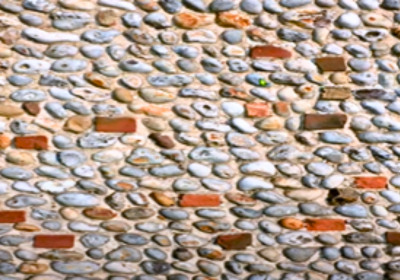
Polygonal Rubble Masonry
Polygonal rubble masonry is a type of stone masonry that uses irregularly shaped stones that are roughly polygonal in shape, with flat or roughly dressed faces.
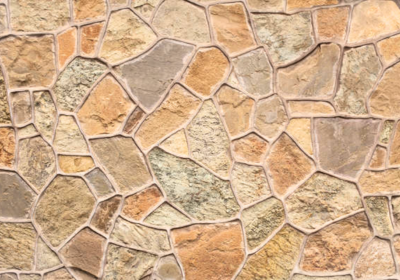
The stones are not precisely cut to uniform sizes and shapes but are selected for their natural shape and texture. The stones are arranged in horizontal layers, called courses, with each course consisting of stones of similar heights but varying lengths. The joints between the stones are usually wide and irregular, ranging from a few centimeters to several centimeters in width.
Also read: Types of Retaining Wall | Different Types of Fences | Types of Gabion
Ashlar Masonry
Ashlar masonry is a type of stone masonry in which smooth, squared stones are used in a uniform manner with even thickness and regular joints. The stones used in ashlar masonry are carefully selected and worked to achieve a precise size and shape. Ashlar masonry can further be classified into different types based on the type of finish applied to the stones, such as ashlar fine masonry, ashlar rough tooled masonry, ashlar rock-faced masonry, ashlar chamfered masonry, and ashlar block-in-course masonry.
Ashlar fine masonry
Ashlar fine masonry is a type of stone masonry that uses precisely cut and dressed rectangular stones of uniform sizes and shapes. The stones used in ashlar fine masonry are carefully selected and cut to specific dimensions, so they fit together tightly with minimal gaps.

This type of masonry is often used in the construction of high-end buildings, such as government buildings, mansions, and palaces.
The mortar used in ashlar fine masonry is typically a very fine-grained, lime-based mortar. The color of the mortar is carefully chosen to match the color of the stone, and the mortar joints are typically pointed with a tool to give them a crisp, clean appearance.
Ashlar fine masonry is considered the most precise and refined form of stone masonry, and requires a high level of skill and craftsmanship to achieve. The resulting structure is very strong, stable, and durable, and has a very elegant and polished appearance.
Ashlar rough tooled masonry
Ashlar rough-tooled masonry is a type of stone masonry that uses precisely cut and dressed rectangular stones of uniform sizes and shapes, but with a rough surface finish. The stones used in ashlar rough-tooled masonry are carefully selected and cut to specific dimensions, so they fit together tightly with minimal gaps.
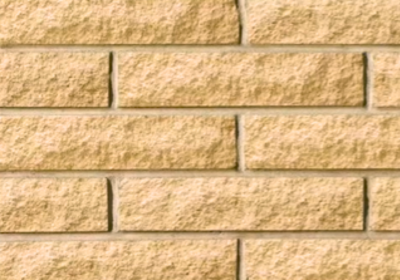
These types of masonry are often used in the construction of high-end buildings, such as government buildings, mansions, and palaces.
The mortar used in ashlar rough-tooled masonry is typically a very fine-grained, lime-based mortar. The color of the mortar is carefully chosen to match the color of the stone, and the mortar joints are typically pointed with a tool to give them a crisp, clean appearance.
Ashlar rough-tooled masonry is considered a high-end form of stone masonry, and requires a high level of skill and craftsmanship to achieve. The resulting structure is very strong, stable, and durable, and has a very elegant and polished appearance with a rustic twist.
Rock or quarry face masonry
Rock or quarry face masonry is a type of stone masonry that uses irregularly shaped stones that have been split or roughly cut from a quarry or rock face. The stones used in rock or quarry face masonry have a natural, uncut appearance and vary in size and shape, creating a more rustic and organic look compared to other types of stone masonry.
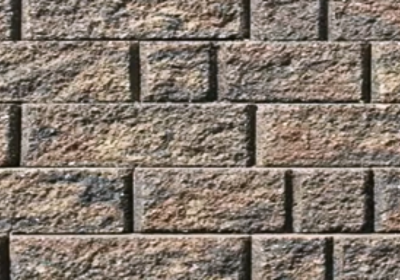
Rock or quarry face masonry is considered a more rustic and natural type of stone masonry and can be used to create a range of different looks and styles, depending on the type of stone and the way it is laid. These types of stone masonry require a high level of skill and experience to achieve, as the irregular shapes and sizes of the stones can make it more challenging to create a stable and durable structure.
Ashlar Block in course Masonry
Ashlar block-in-course masonry is a type of stone masonry that uses rectangular blocks of stone of uniform height, but varying lengths and widths, to create a regular and repeating pattern. The blocks are precisely cut and dressed to fit together tightly with minimal gaps, creating a smooth and uniform surface.

In ashlar block-in-course masonry, the blocks are laid in regular courses, with each course consisting of blocks of the same height, but varying lengths and widths. The blocks are often arranged in a pattern, such as alternating long and short blocks or creating a checkerboard effect.
Ashlar block-in-course masonry is considered a high-end form of stone masonry and requires a high level of skill and craftsmanship to achieve. The resulting structure is very strong, stable, and durable and has a very elegant and polished appearance with a repeating pattern that creates visual interest. These types of stone masonry are often used in the construction of high-end buildings, such as government buildings, mansions, and palaces.


